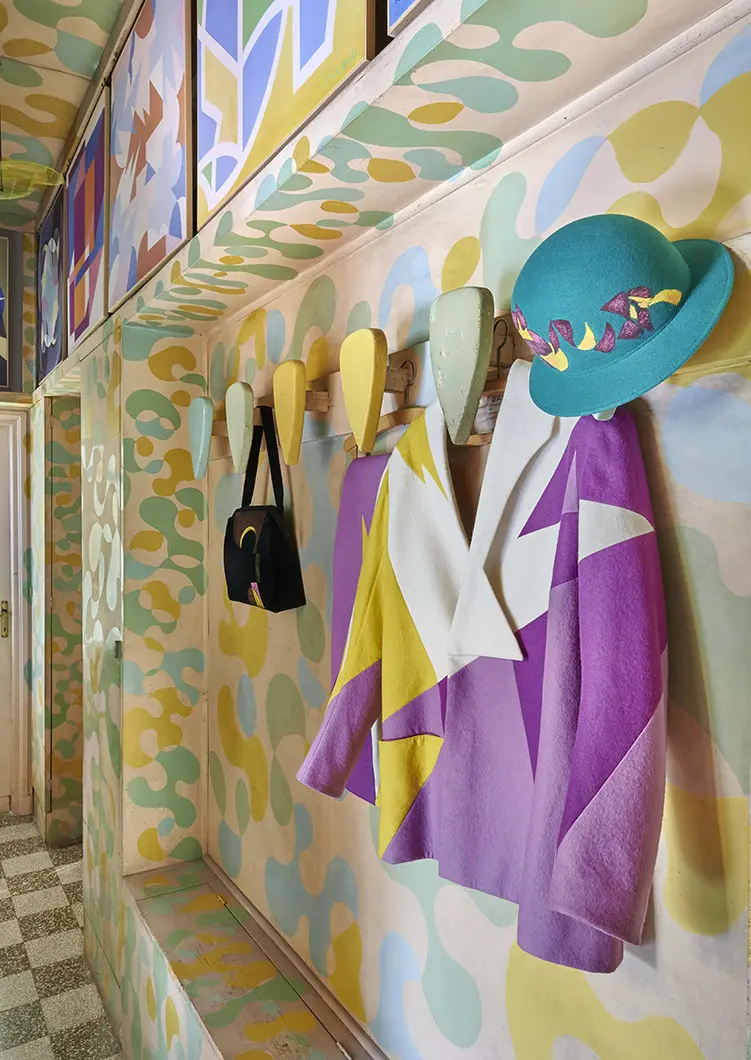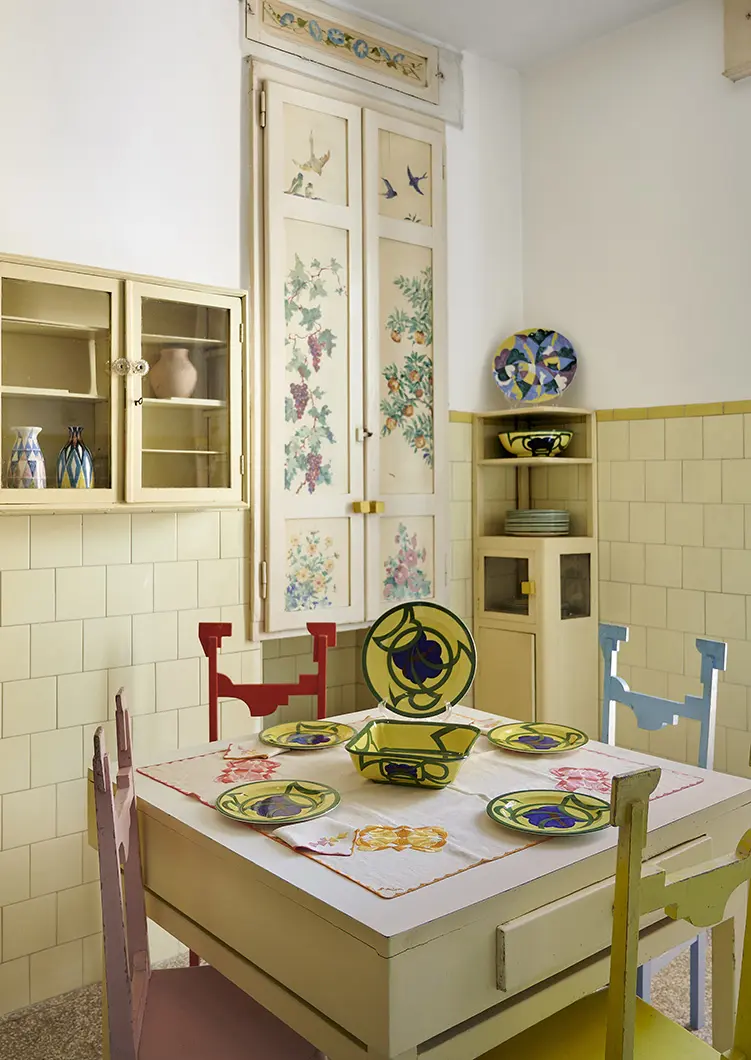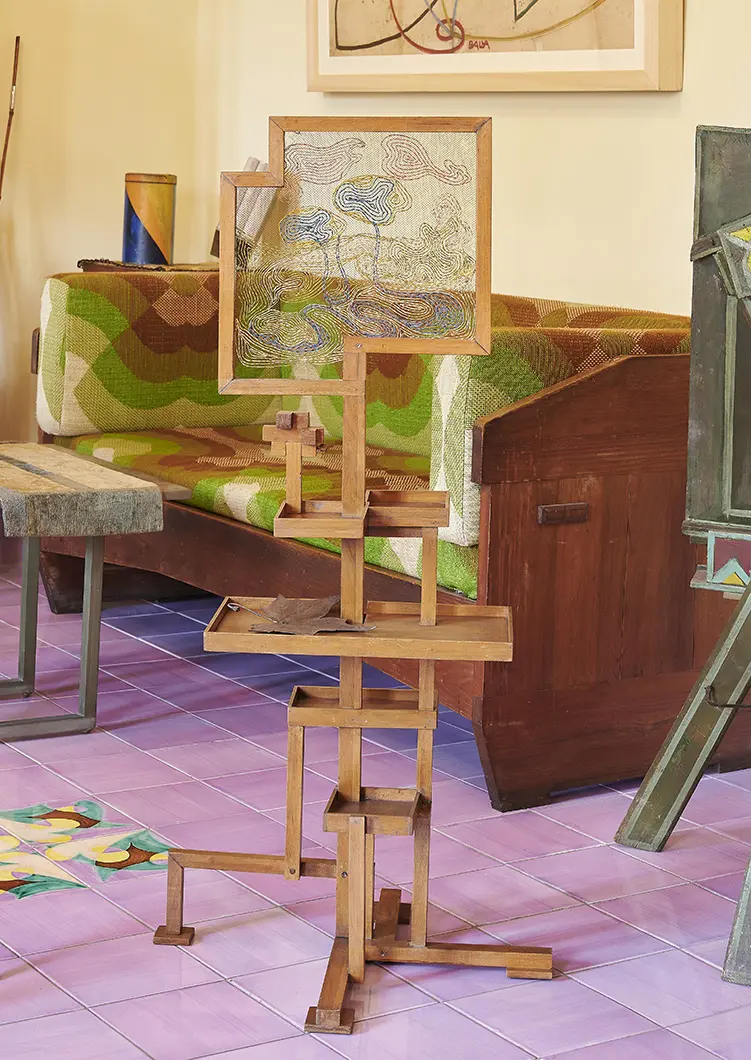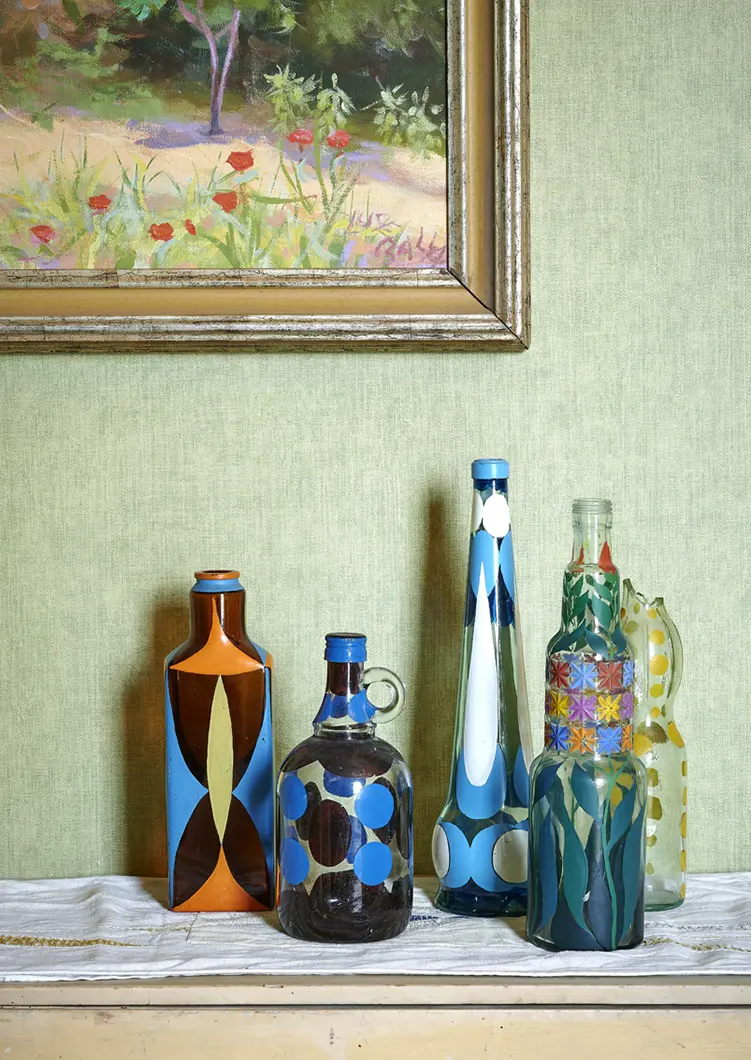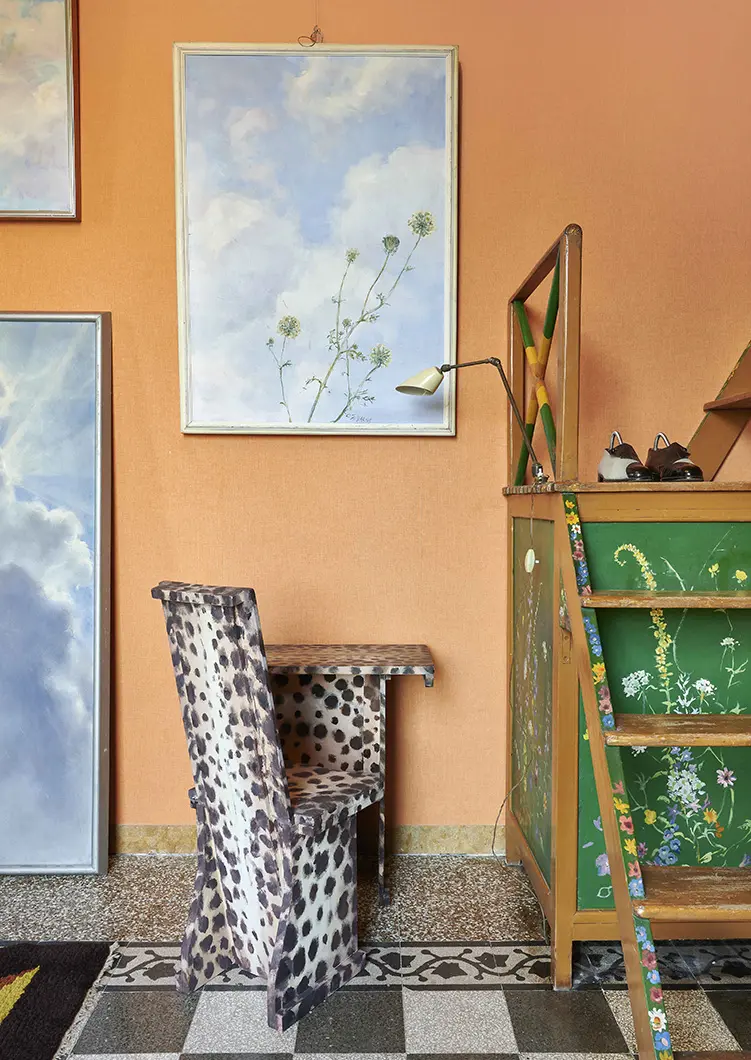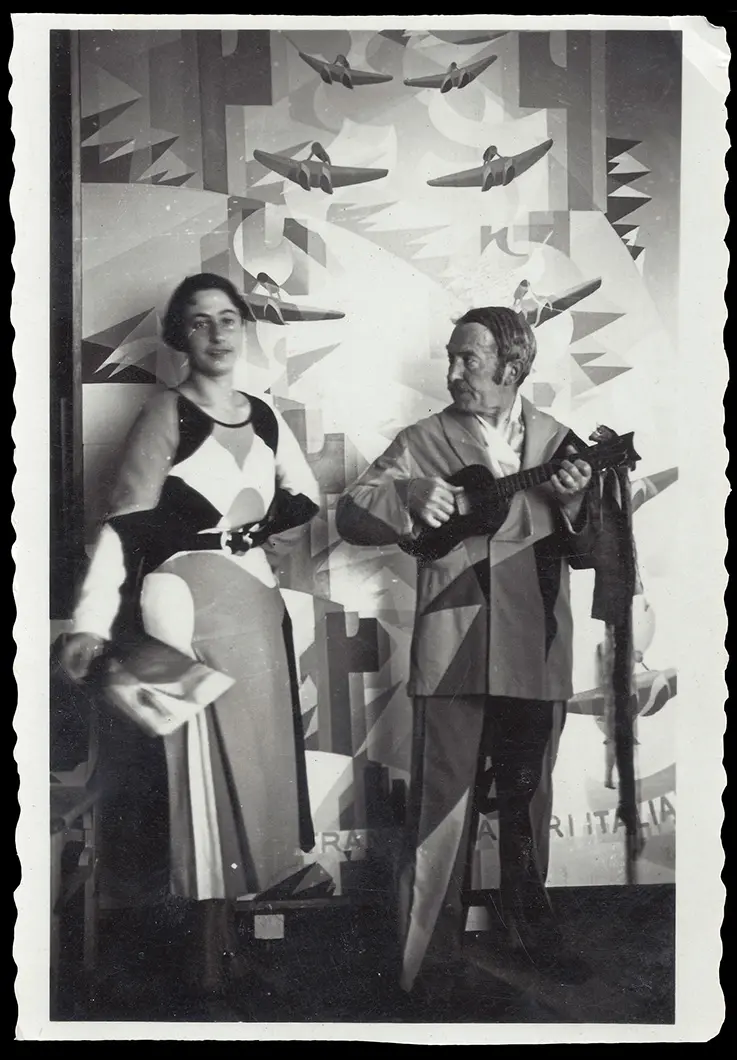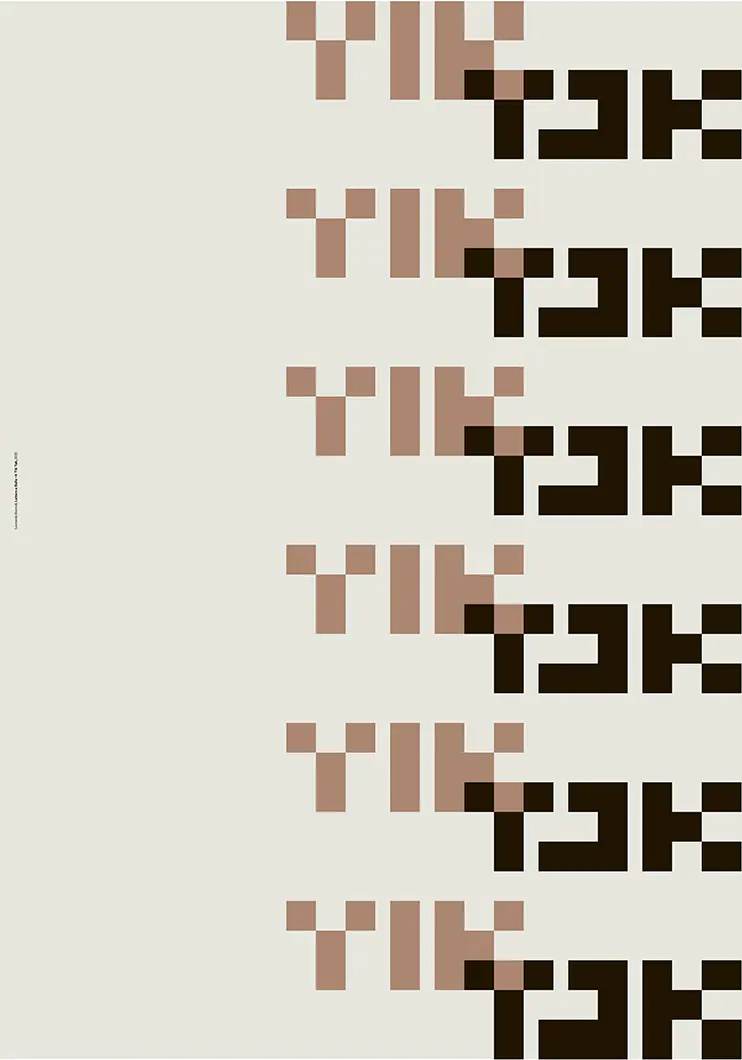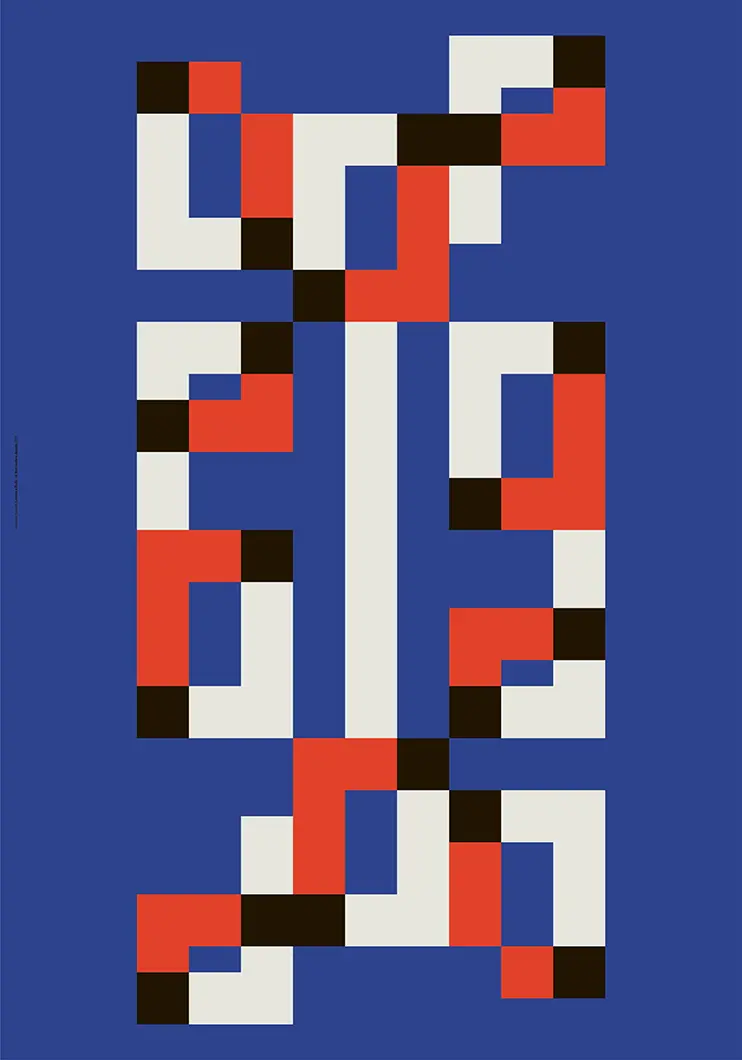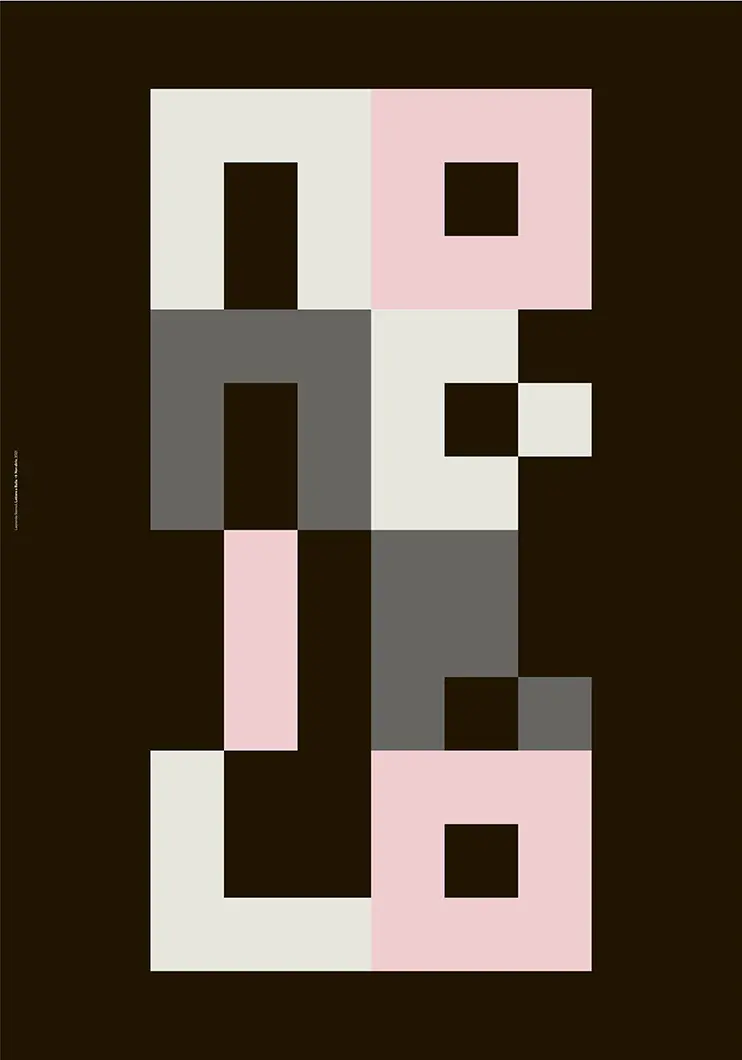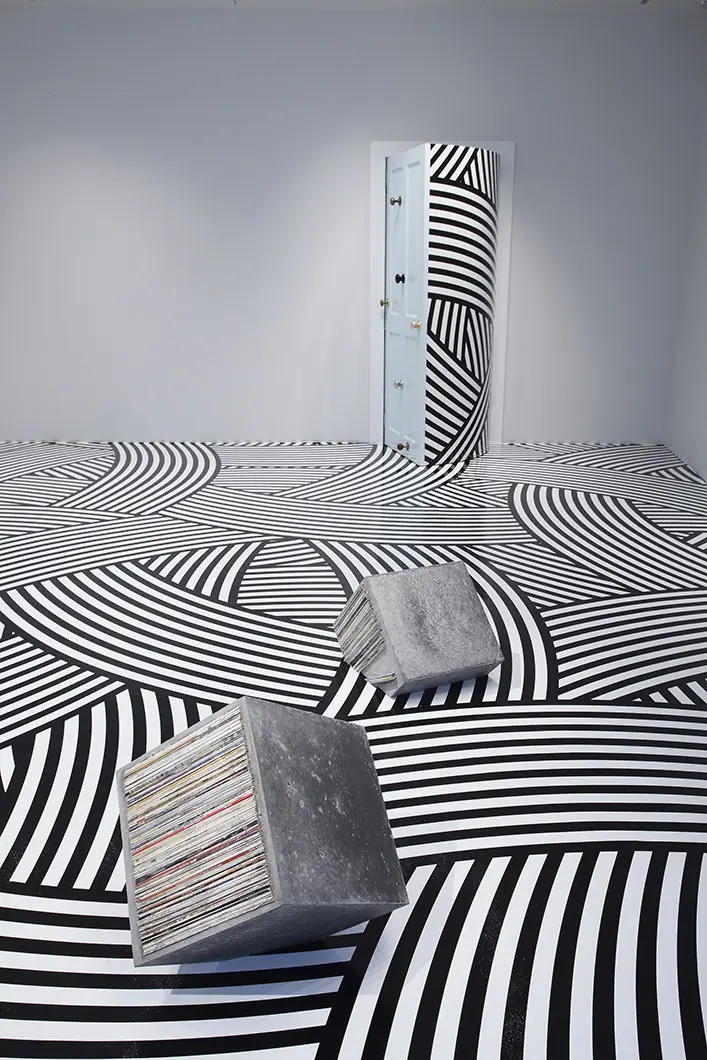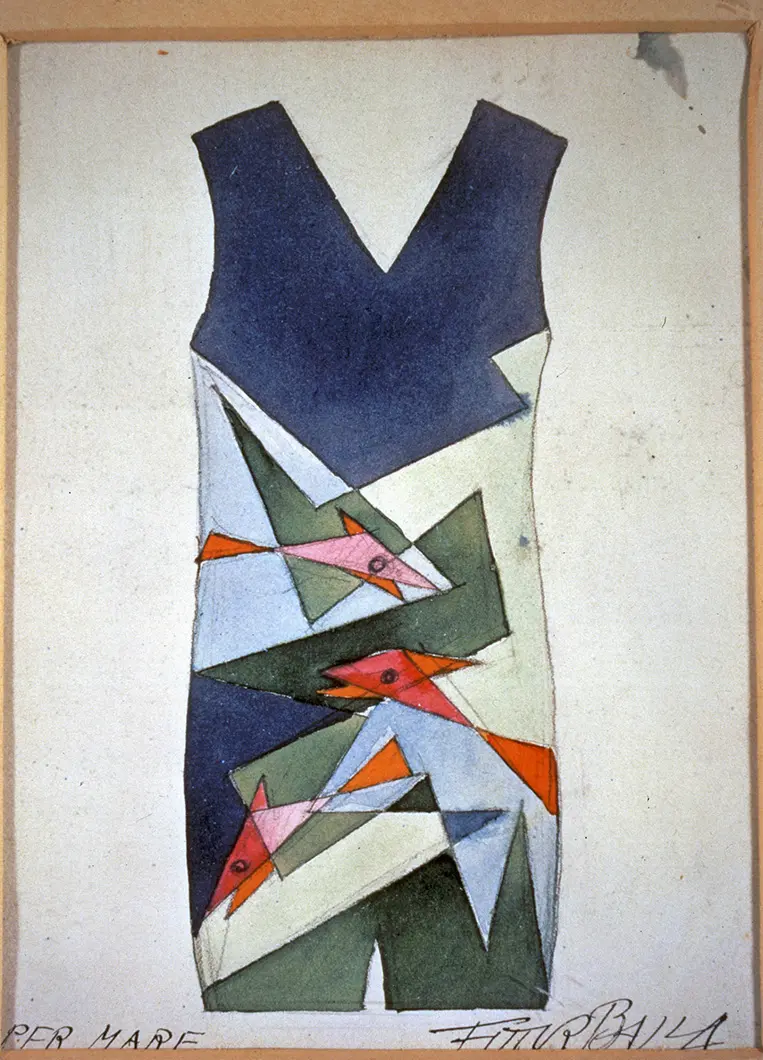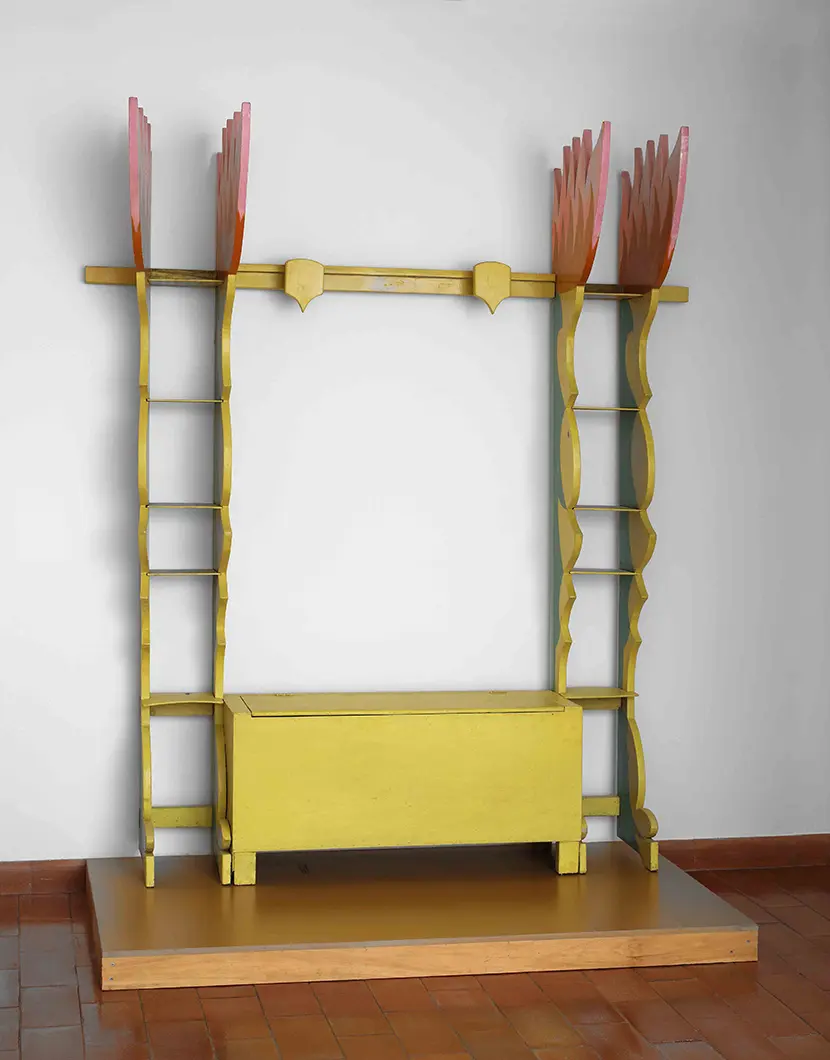From BIG to David Chipperfield, Frank Gehry to Snøhetta: a world tour of the best buildings set to open in 2026

Camera di Elica, Casaballa. Ph. Credits M3Studio
Casa Balla was a lived-in home until the 1990s. Now, for the first time it is open to the public after restoration. Until Sunday 21 November, visits are available as part of a MAXXI museum project to commemorate the 150th anniversary of the artist’s birth.
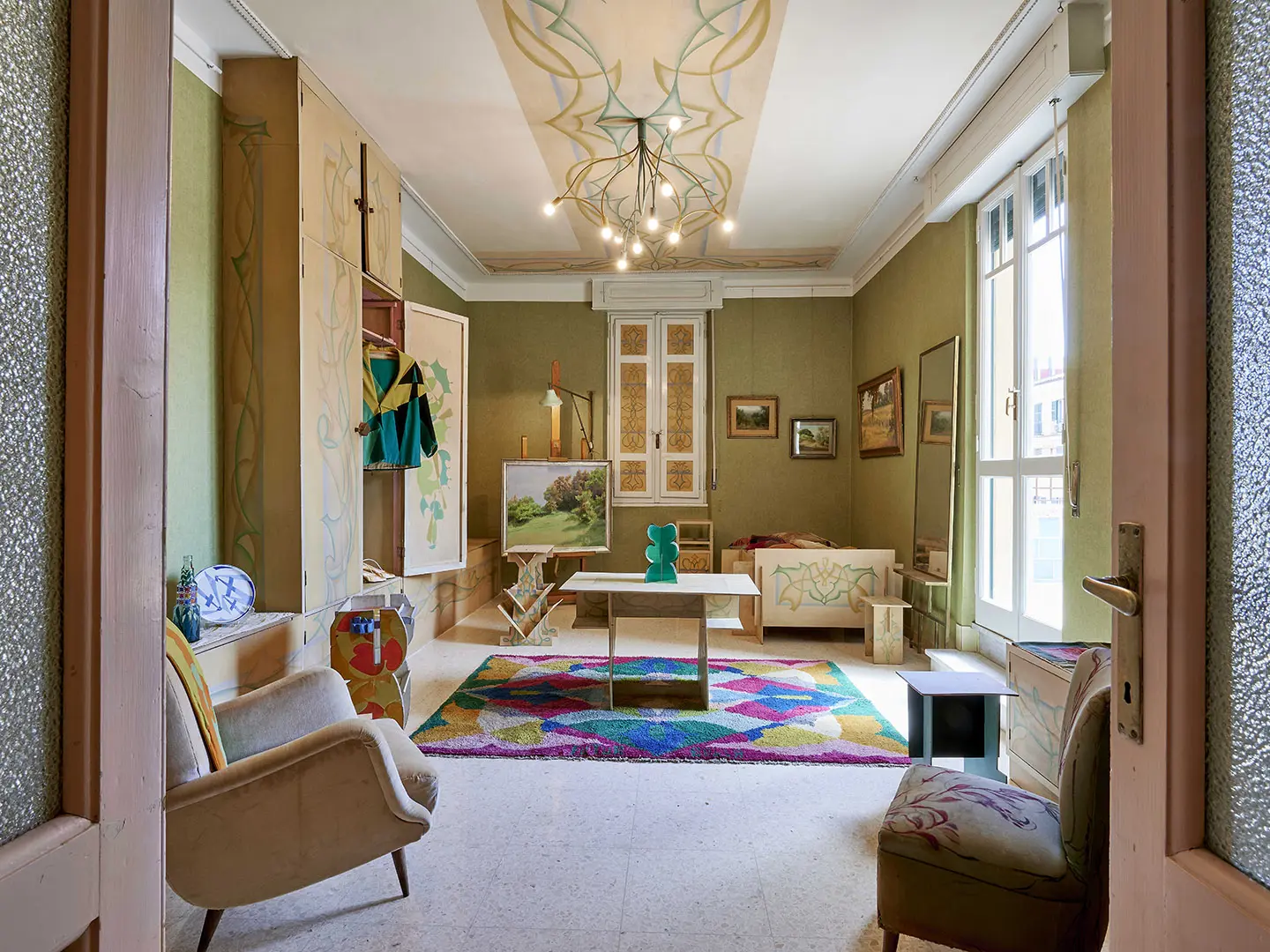
Camera di Luce, Casaballa. Ph. Credits M3Studio
In 1914, Giacomo Balla metamorphosed into FuturBalla. In this transfiguration, for the Turin-born painter who had moved to Rome, his new pseudonym signalled a radical desire for a complete revolution in both the man and the artist: he auctioned off everything figurative he had ever painted, and devoted himself to new Futurist art. He signed the Il vestito antineutrale manifesto, calling for more colourful, asymmetric, festive and aggressive fashion; then, with Depero, he signed another manifesto, Ricostruzione futurista dell’universo, which reads: “We futurists, Balla and Depero, want to achieve this total fusion to reconstruct the universe by cheering it up, that is, by recreating it integrally.” Using art as a vehicle, the goal of any avant-garde movement is to recast the world, to wreak a total revolution in every aspect of life. For the topological boundaries between art and life to be broken down, for life to become a work of art and art a totalizing, unlimited creation, a Gesamtkunstwerk, it is necessary to transform every aspect of life, starting with habits, objects and everyday places. For the avant-garde, art was a very serious matter that had little or nothing to do with escapism or aesthetic experience as an end in itself – even for the Dadaists, who equated art with playfulness. The avant-garde fusion of art and life generated different outcomes, culminating in Kurt Schwitters’ Merzbau, a total work of art that, like a metastasis, ended up proliferating and taking over an entire house.
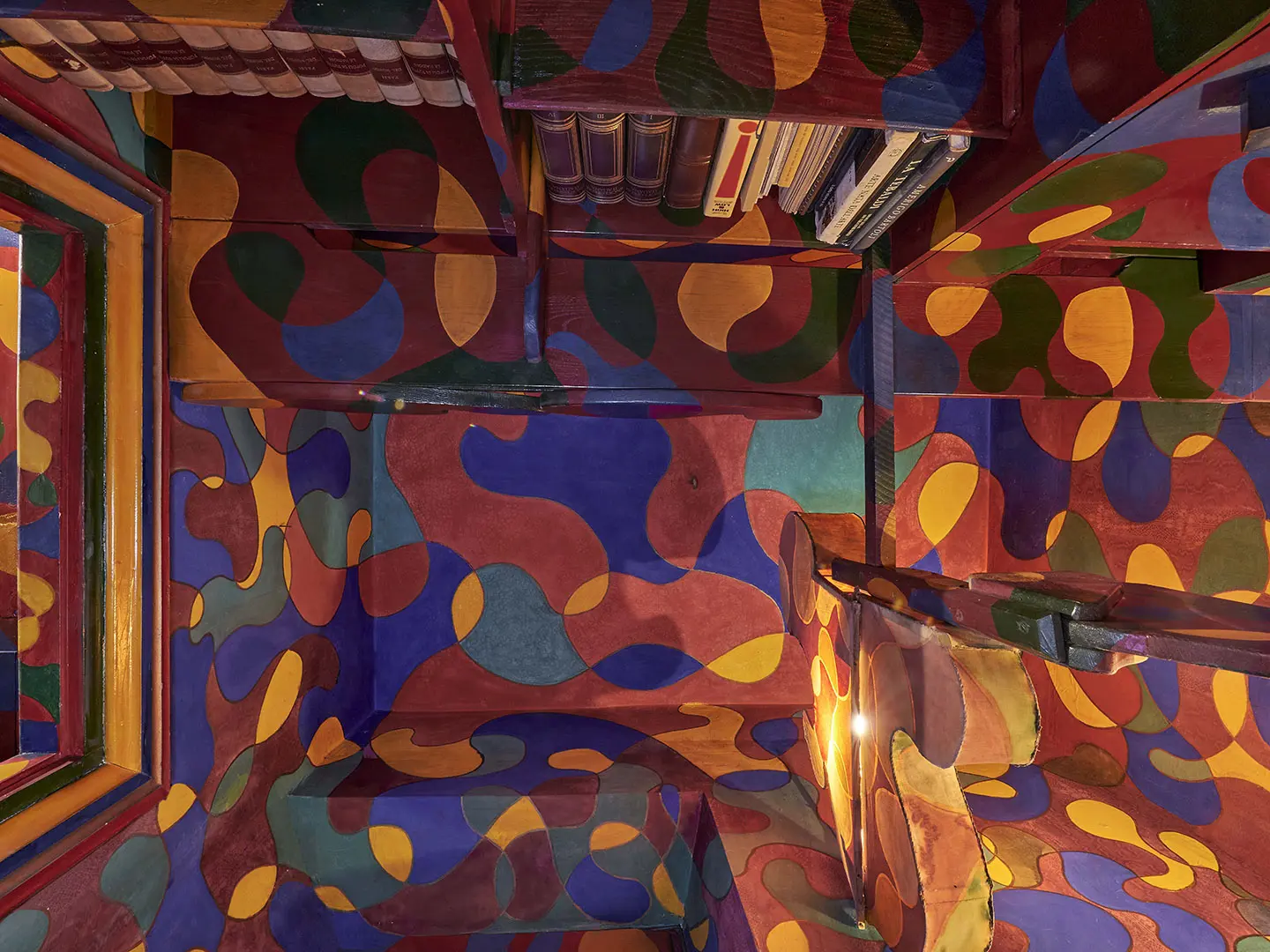
Studiolo rosso, Casaballa. Ph. Credits M3Studio
In a less dramatic and disturbing way, FuturBalla also undertook a “diffuse project” in his own home. From 1929 onwards, he began transforming his apartment on Via Oslavia in Rome, where he lived with his wife and daughters, filling the otherwise unremarkable middle-class interior with the dynamism and chromaticism of Futurist painting: not only did he hang paintings on the walls, he worked on wall decorations, chairs, wardrobes, tables, bottles and plates... Espousing the theories of William Morris and the Arts and Crafts movement, and the Wiener Werkstatte, Balla was keen to disseminate art in a way that broke through traditional hierarchies and customs. Balla’s conviction that art should no longer be found solely on altarpieces or in museums is why the kitchen or the bathroom at his home were deserving of just as much aesthetic care, as were the everyday objects it contained, assembled using poor materials.
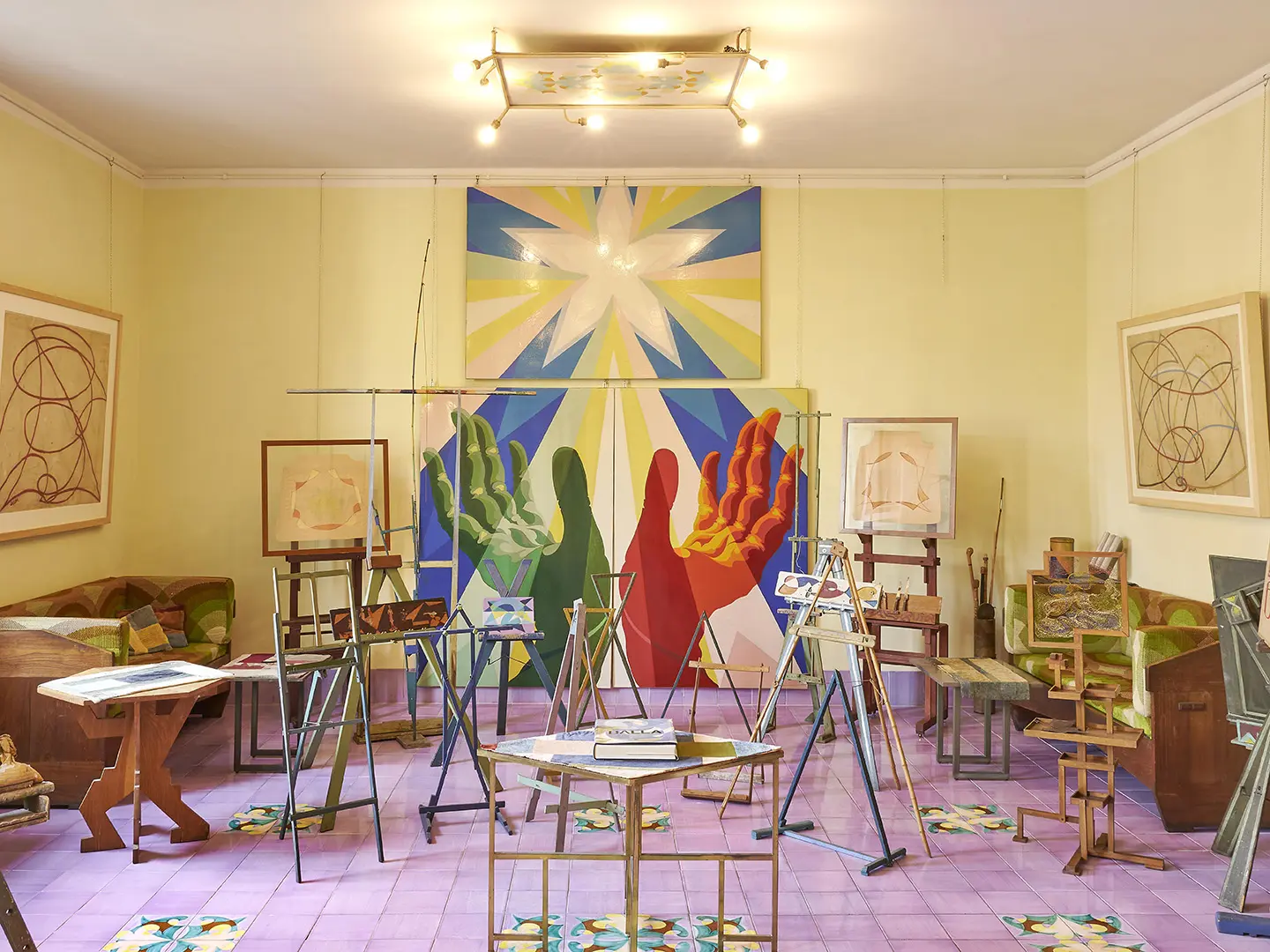
Living Room, Casaballa. Ph. Credits M3Studio
Casa Balla is an explosion of colour, a deliberate shock, a polemic against aesthetics and the bourgeois ideology of decorum and sobriety. To walk into this apartment, which Giacomo Balla decorated down to the tiniest detail, is to walk into a domain of colour and light, one that dovetailed with his research into the decomposition of movement in time and with his own manifestos. Above all, it is a journey into a seminal territory where the furnishings seem to anticipate post-war trends, taking on, for example, forms and colors that foreshadowed Pop Art. The idea of the home as a collection of spaces, forming a coherent functional and conceptual whole, has a number of illustrious antecedents, but would only become popular some years later. Giacomo Balla’s reputation has had its ups and downs, following fluctuations in generally-held sensitivities towards Futurism as a movement per se, as well as its collective and personal ties with early Fascism, a movement for which Balla was the artist par excellence: after the death of Umberto Boccioni, his less ideologically controversial Futurist artistic output, his studies of dynamism, lines, forms and speed made him the movement’s undisputed leader and figurehead. The home on Via Oslavia may well be the most complete embodiment of FuturBalla’s theories, an anthology of many works and, above all, an auspicious gesture in this initial manifestation of a “Futurist reconstruction of the universe”.


 Stories
Stories
